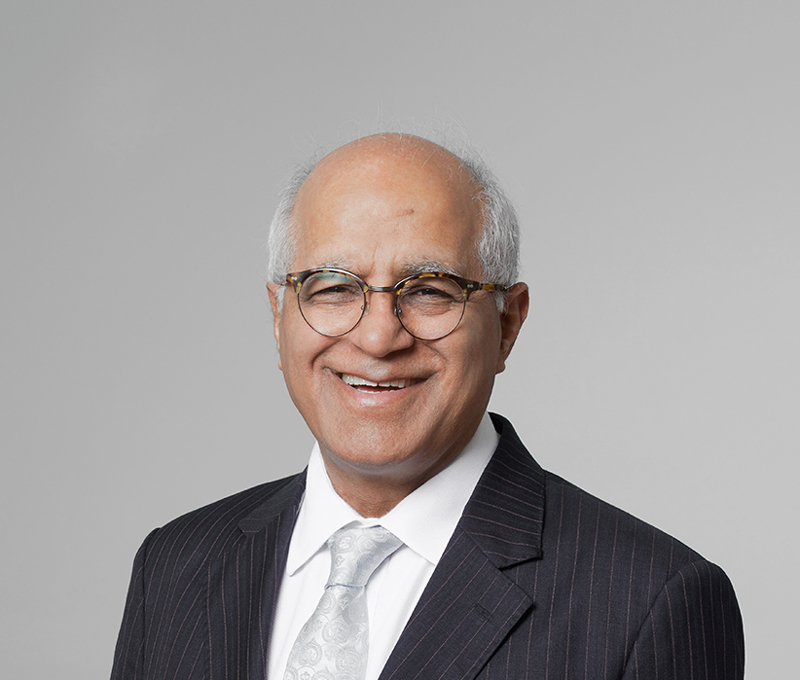Vitrification and the demise of fresh treatment cycles in ART

Scientific and Managing Director
Kamal Ahuja
Kamal Ahuja gained his PhD at Cambridge under the supervision of Professor Robert Edwards, which sparked his lasting interest in clinical IVF. The ethics of IVF and its cost effectiveness continue to be part of his research interests. Dr Ahuja is Chairman of Reproductive BioMedicine Online, an international medical journal, and the Scientific and Managing Director of the London Egg Bank.

Medical Director
Nick Macklon
Professor Macklon is a Medical Director of the London Egg Bank. He is a world-renowned expert in reproductive medicine. He has held professorships at the University of Utrecht in the Netherlands, the University of Southampton and the University of Copenhagen - where he is currently based. He is co-founder of the Complete Fertility Centre clinic in Southampton, and a member of the Executive Committee of the European Society of Human Reproduction.
